For four months, the village of Baghjan Gaon in eastern Assam has resembled a battle zone. On May 27, a gas well operated by Oil India Limited (OIL) blew out with a loud bang, causing panic among local people. On June 9, it burst into flames.
When The Third Pole’s correspondent visited in the first week of September, they had to negotiate barricades, razor wire, an Indian Army truck and scores of security personnel to get to the village. The security staff were alarmed when they saw our reporter photographing the natural gas well, which was still on fire.
Hundreds of residents of were still living in relief camps. Some of their houses were in the so-called high-security zone, close to the well, and many had burnt down or been flooded. Villagers have to sign a document to visit their houses. After four months of constant noise from the well, the locals have become used to shouting at each other for even routine conversations.

Previously, many of the locals depended on the nearby Maguri Motapung wetland, where they caught fish. This time last year, these fish would have been in high demand in the nearby markets of Guijan and Tinsukia. Now, no one wants to touch them: natural gas condensate from the well has spilled all over the wetland and Dangori river. Layers of it are visible on the surface of the water.
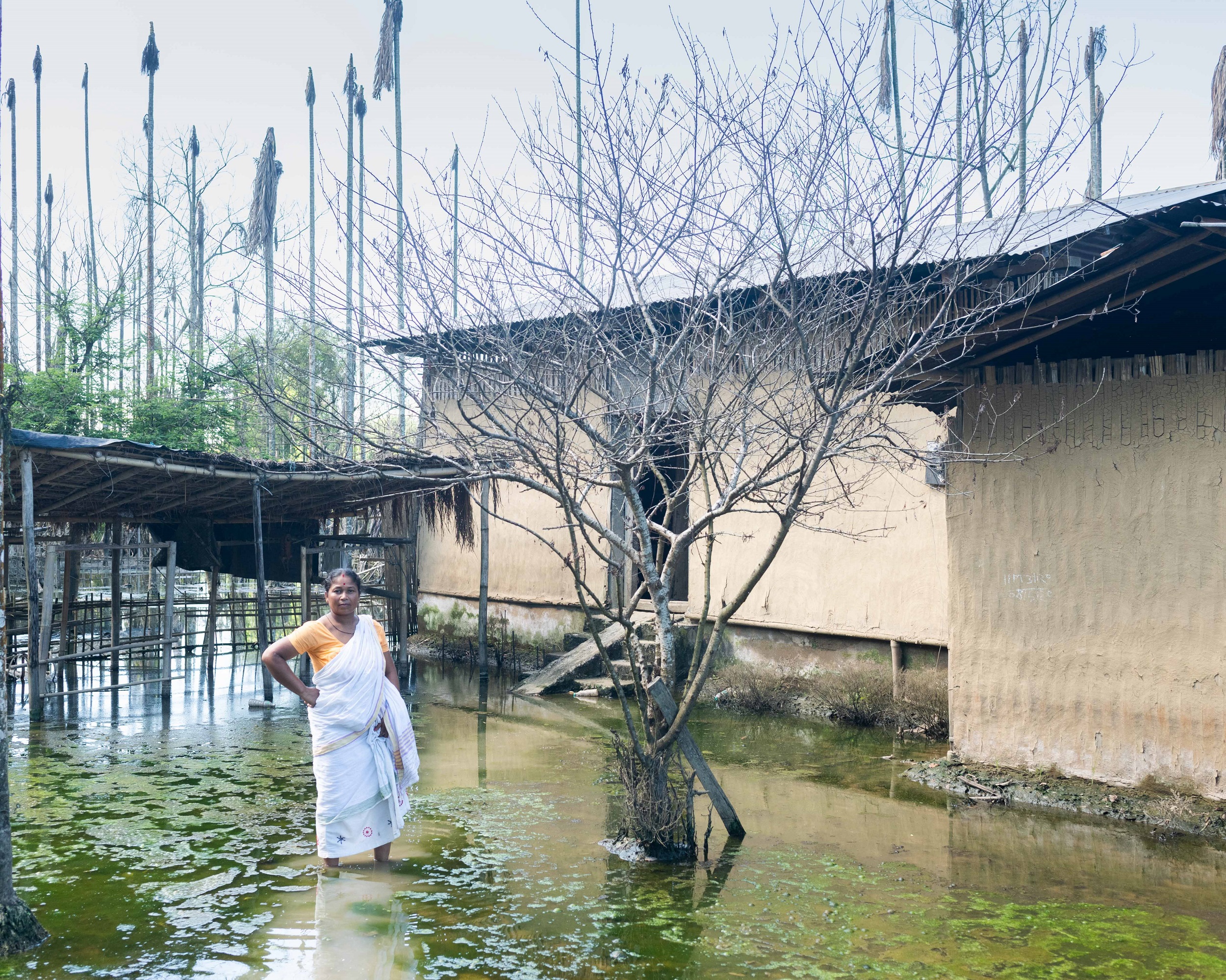
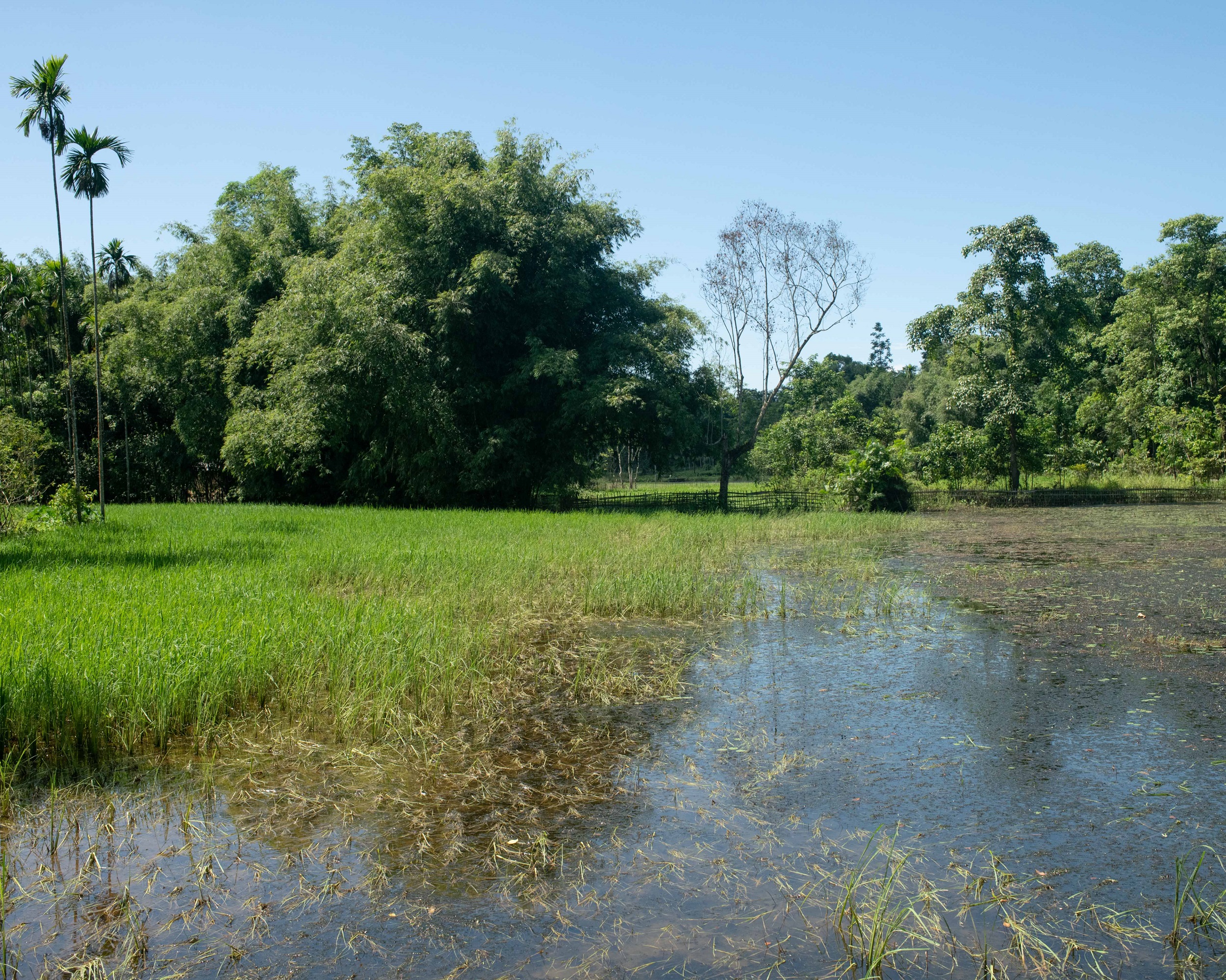
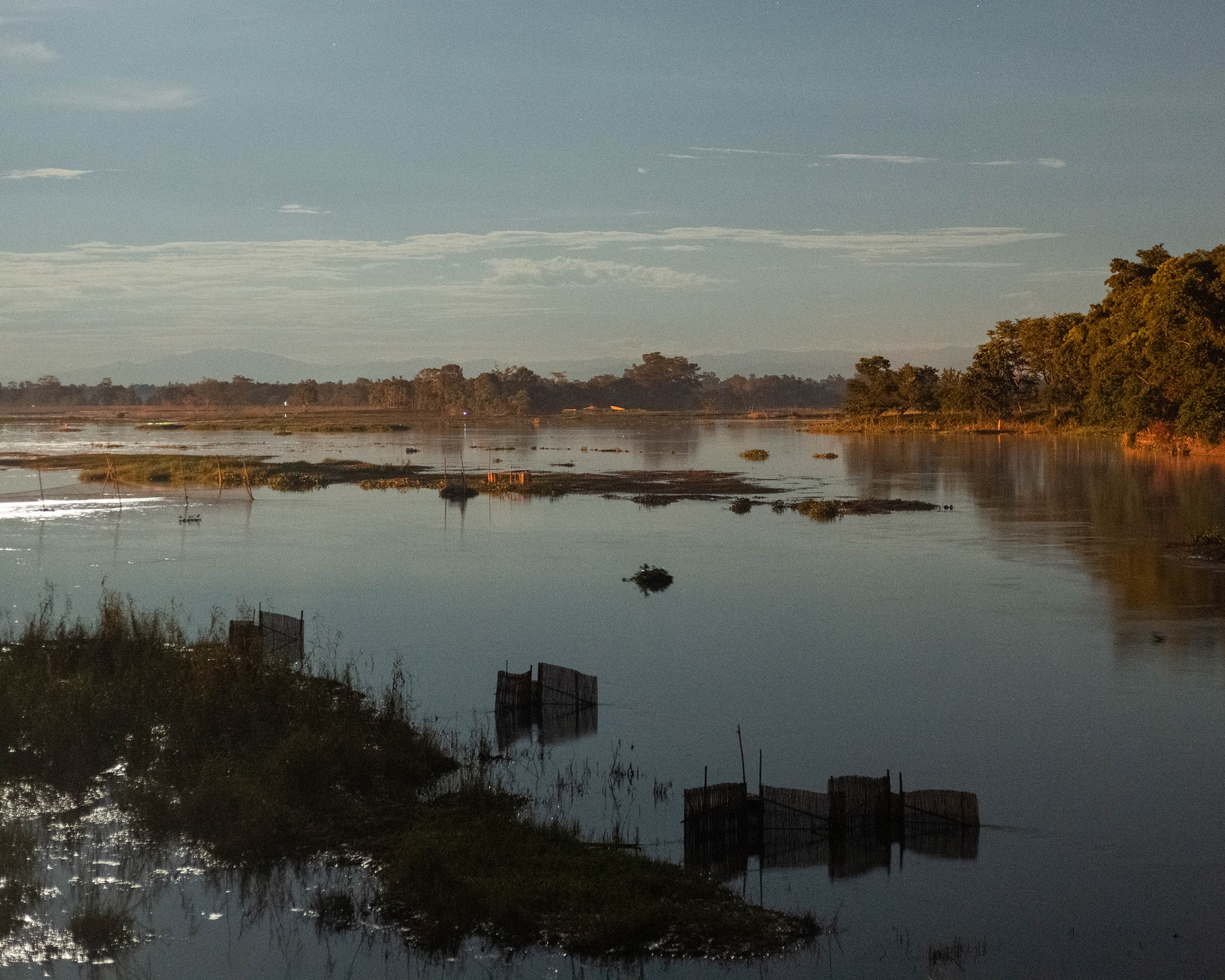

The Baghjan oil field has 21 active wells. Four of these are gas wells, including the one near Baghjan Gaon.
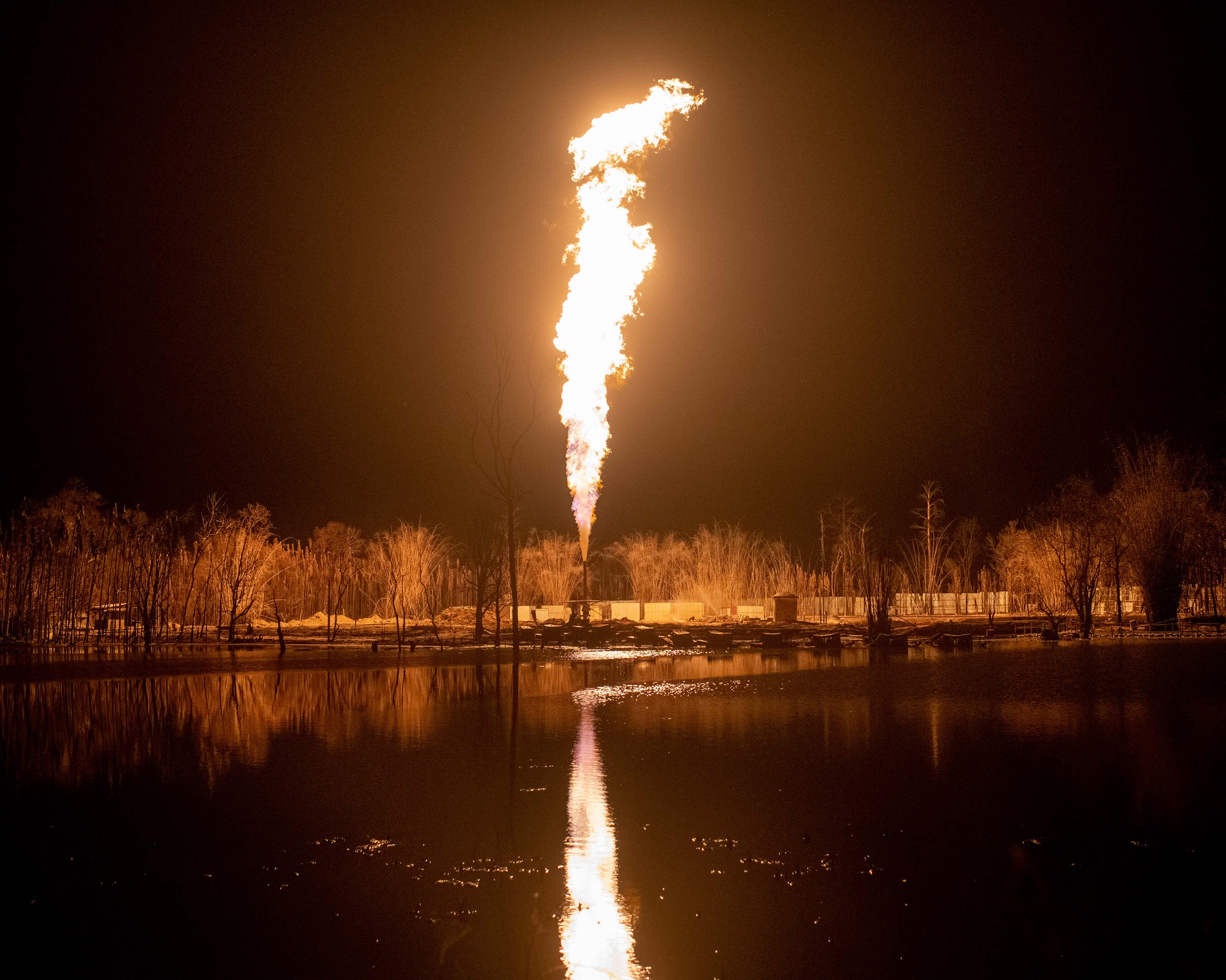
The blowout has caused severe damage within a radius of five kilometres according to the Assam Pollution Control Board, destroying ecologically sensitive wetlands, tea gardens as well as wild and aquatic life. Maguri Motapung Beel was declared an important bird and biodiversity area in 1996. It is a large wetland and is a biodiversity hotspot with over 110 bird species, eight of which are listed as threatened on the IUCN Redlist, and 84 species of fish.
Recently, OIL said it had partially diverted the gas. There is no fire now at the wellhead, which is burning in two flare pits. The locals, however, say this has made no difference to the noise from the site. They continue to protest for further compensation.
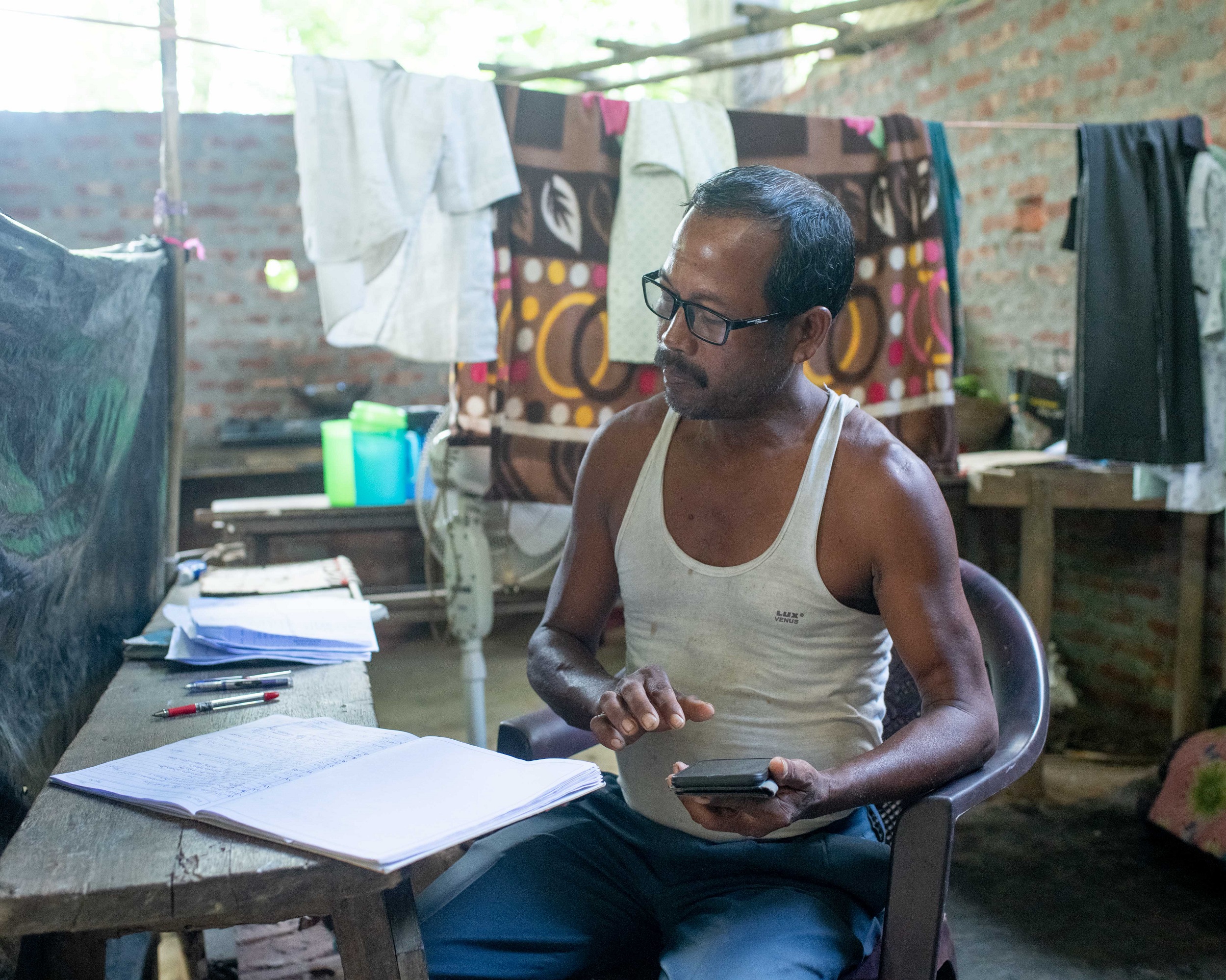
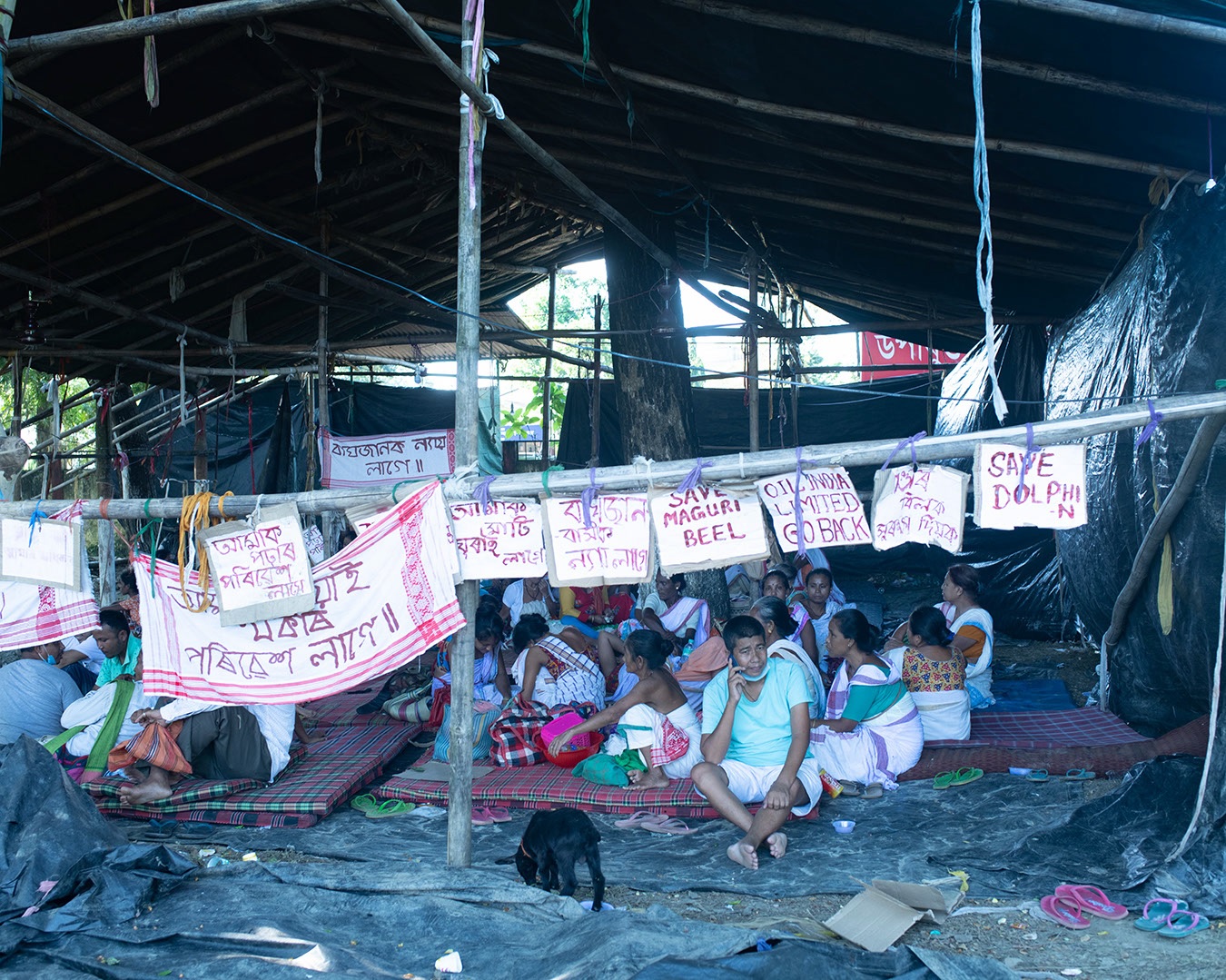
![<p>The charred landscape near the burning well. At least 50 houses were burnt down along with bamboo, tea, banana and betel nut trees near the village of of Baghjan Gaon [All images by: Prakash Bhuyan]</p>](https://dialogue.earth/content/uploads/2020/09/Baghjan_Aftermath_Prakash_Bhuyan_03-300x225.jpeg)






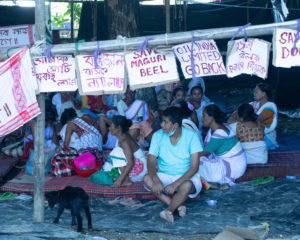
![Bakarwal Gujjar herders ride their ponies to work in Kashmir [image: Alamy]](https://dialogue.earth/content/uploads/2020/09/EM0P7D-300x200.jpg)